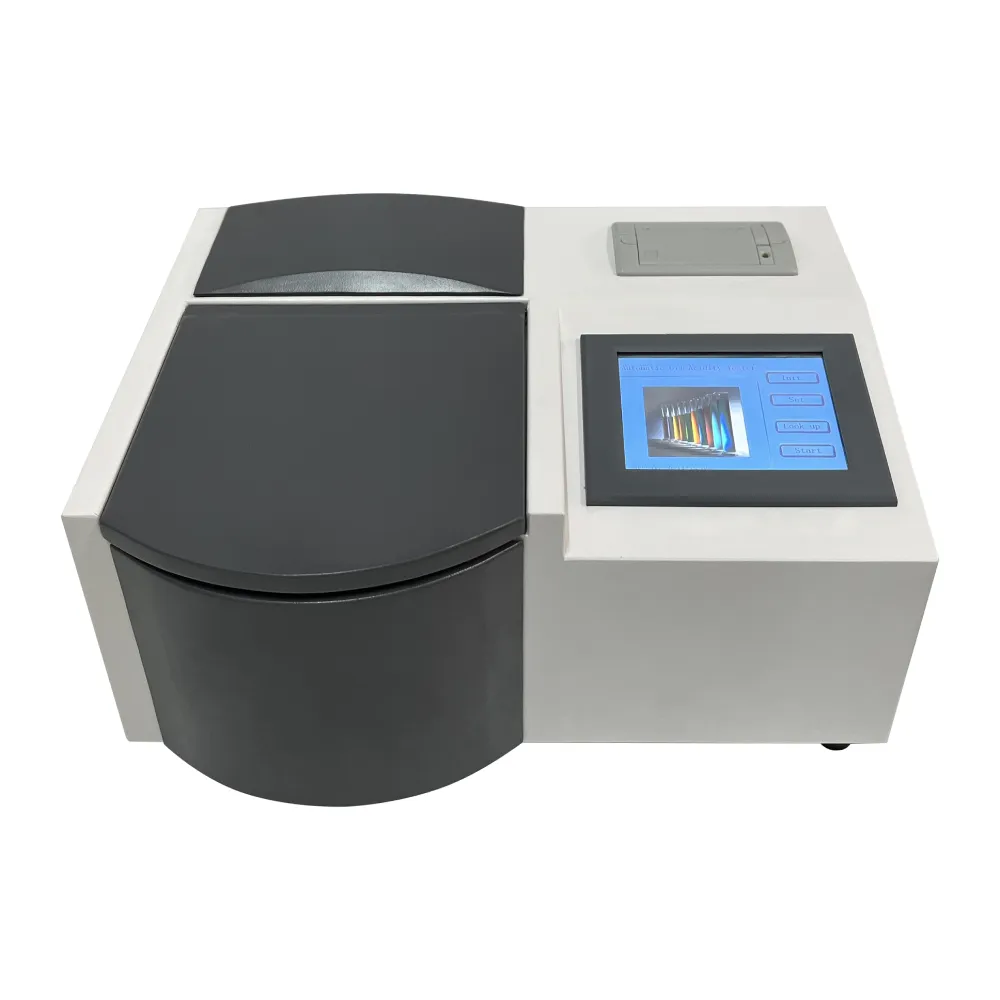 English
English



-
 Afrikaans
Afrikaans -
 Albanian
Albanian -
 Amharic
Amharic -
 Arabic
Arabic -
 Armenian
Armenian -
 Azerbaijani
Azerbaijani -
 Basque
Basque -
 Belarusian
Belarusian -
 Bengali
Bengali -
 Bosnian
Bosnian -
 Bulgarian
Bulgarian -
 Catalan
Catalan -
 Cebuano
Cebuano -
 China
China -
 China (Taiwan)
China (Taiwan) -
 Corsican
Corsican -
 Croatian
Croatian -
 Czech
Czech -
 Danish
Danish -
 Dutch
Dutch -
 English
English -
 Esperanto
Esperanto -
 Estonian
Estonian -
 Finnish
Finnish -
 French
French -
 Frisian
Frisian -
 Galician
Galician -
 Georgian
Georgian -
 German
German -
 Greek
Greek -
 Gujarati
Gujarati -
 Haitian Creole
Haitian Creole -
 hausa
hausa -
 hawaiian
hawaiian -
 Hebrew
Hebrew -
 Hindi
Hindi -
 Miao
Miao -
 Hungarian
Hungarian -
 Icelandic
Icelandic -
 igbo
igbo -
 Indonesian
Indonesian -
 irish
irish -
 Italian
Italian -
 Japanese
Japanese -
 Javanese
Javanese -
 Kannada
Kannada -
 kazakh
kazakh -
 Khmer
Khmer -
 Rwandese
Rwandese -
 Korean
Korean -
 Kurdish
Kurdish -
 Kyrgyz
Kyrgyz -
 Lao
Lao -
 Latin
Latin -
 Latvian
Latvian -
 Lithuanian
Lithuanian -
 Luxembourgish
Luxembourgish -
 Macedonian
Macedonian -
 Malgashi
Malgashi -
 Malay
Malay -
 Malayalam
Malayalam -
 Maltese
Maltese -
 Maori
Maori -
 Marathi
Marathi -
 Mongolian
Mongolian -
 Myanmar
Myanmar -
 Nepali
Nepali -
 Norwegian
Norwegian -
 Norwegian
Norwegian -
 Occitan
Occitan -
 Pashto
Pashto -
 Persian
Persian -
 Polish
Polish -
 Portuguese
Portuguese -
 Punjabi
Punjabi -
 Romanian
Romanian -
 Russian
Russian -
 Samoan
Samoan -
 Scottish Gaelic
Scottish Gaelic -
 Serbian
Serbian -
 Sesotho
Sesotho -
 Shona
Shona -
 Sindhi
Sindhi -
 Sinhala
Sinhala -
 Slovak
Slovak -
 Slovenian
Slovenian -
 Somali
Somali -
 Spanish
Spanish -
 Sundanese
Sundanese -
 Swahili
Swahili -
 Swedish
Swedish -
 Tagalog
Tagalog -
 Tajik
Tajik -
 Tamil
Tamil -
 Tatar
Tatar -
 Telugu
Telugu -
 Thai
Thai -
 Turkish
Turkish -
 Turkmen
Turkmen -
 Ukrainian
Ukrainian -
 Urdu
Urdu -
 Uighur
Uighur -
 Uzbek
Uzbek -
 Vietnamese
Vietnamese -
 Welsh
Welsh -
 Bantu
Bantu -
 Yiddish
Yiddish -
 Yoruba
Yoruba -
 Zulu
Zulu
transformer ki testing
Understanding Transformer Ki Testing A Comprehensive Overview
Transformers are critical components in electrical engineering, primarily used to transfer electrical energy between circuits through electromagnetic induction. One of the key aspects of ensuring the reliability and efficiency of transformers is the concept of Ki testing, an important methodology used in assessing their performance and structural integrity.
Ki testing, often referred to in the context of transformer insulation resistance testing or dielectric strength testing, is primarily aimed at evaluating the insulation materials and their capability to withstand electrical stress. The insulation system of a transformer is crucial, as it protects the conductive components and ensures that energy is effectively transmitted without short circuits or leaks.
The Importance of Ki Testing
The primary objective of Ki testing is to assess the insulation resistance and dielectric strength of transformers. Over time, various factors such as temperature fluctuations, moisture, and chemical exposure can degrade insulation materials. A compromised insulation system can lead to failures, which may not only cause significant downtime and repair costs but can also pose safety risks. Hence, regular Ki testing becomes imperative to verify that transformers can operate within safe electrical limits.
Methods of Ki Testing
There are several methodologies employed during Ki testing, with each focusing on different aspects of the insulation system
1. Insulation Resistance Testing This method measures the resistance of the insulation material to prevent leakage currents. The test often employs a megohmmeter, which applies a high-voltage DC to the insulation. A high resistance value indicates good insulation quality, while a low resistance suggests potential issues.
transformer ki testing

2. Dielectric Withstand Testing Also known as flash testing, this method involves applying a much higher voltage than the transformer’s operating voltage to ensure that the insulation can handle unexpected surges. It helps to identify weaknesses or potential breakdowns in insulation.
3. Power Factor Testing This test measures the power factor of the insulation system, which indicates how much of the energy is being lost due to the dielectric properties of the insulation. A high power factor suggests that the insulation is degrading and is, therefore, at risk of failure.
4. Thermal Imaging Utilizing infrared cameras, this method detects hot spots in transformer components, indicating potential insulation failure. It is a non-invasive way to monitor the overall health of transformers and preemptively identify issues.
Benefits of Regular Ki Testing
Conducting Ki testing regularly provides multiple benefits that enhance the longevity and reliability of transformers. By identifying insulation issues early, facilities can prevent catastrophic failures and avert costly downtime. Additionally, maintaining the integrity of transformer insulation leads to improved operational efficiency and can result in significant cost savings in the long run.
Moreover, regular testing contributes to safety, ensuring compliance with industry regulations and standards. Companies that prioritize Ki testing can foster a proactive maintenance culture, reducing emergency repairs and increasing overall system reliability.
Conclusion
In conclusion, Ki testing is an essential procedure in the maintenance and operation of transformers, focusing on the evaluation of insulation integrity. By employing various testing methodologies, organizations can ensure that their transformers remain reliable and efficient, safeguarding both operational performance and safety. As technology advances, integrating modern testing devices and techniques will further enhance the capabilities of Ki testing, enabling a more robust approach to transformer maintenance and management. Regularly scheduled Ki testing is not just a best practice; it is a fundamental responsibility for anyone involved in the management of electrical systems.
-
Using Distillation Range Testers in the Food and Beverage IndustryNewsApr.16,2025
-
The Impact of IoT on Distillation Range Tester PerformanceNewsApr.16,2025
-
The Best Distillation Range Testers for Extreme ConditionsNewsApr.16,2025
-
How Distillation Range Testers Save Time and MoneyNewsApr.16,2025
-
Distillation Devices for Advanced Separation TechniquesNewsApr.16,2025
-
Common Mistakes to Avoid When Using a Distillation Range TesterNewsApr.16,2025



